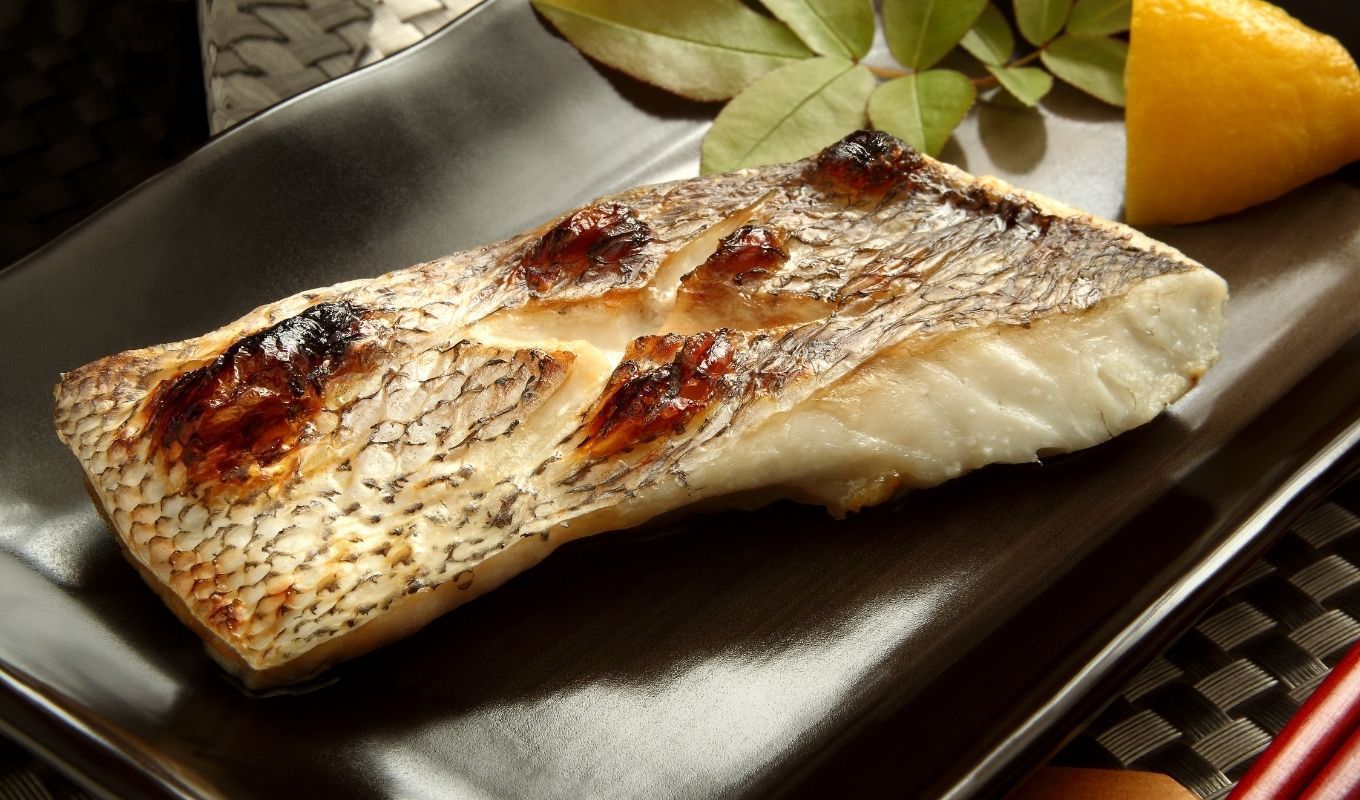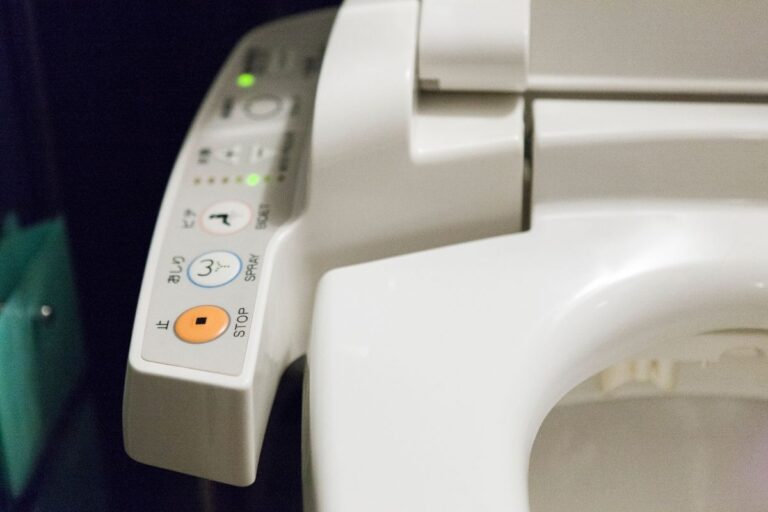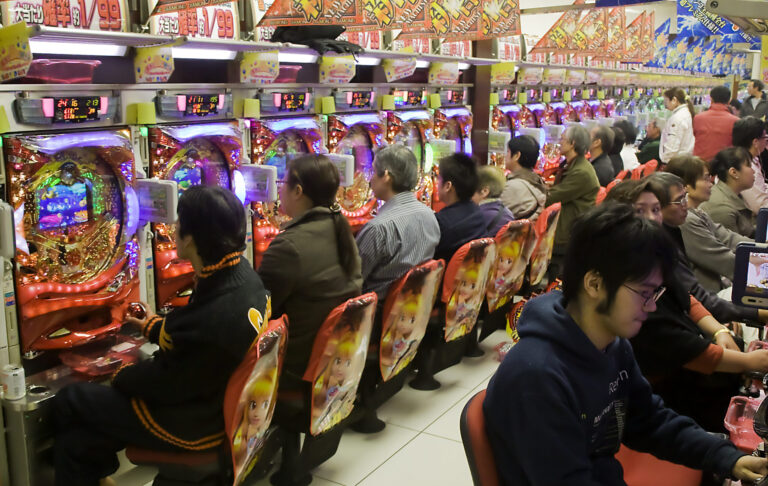In the West, the classic breakfast could include pancakes, waffles, eggs, sausage, bacon, orange juice, milk, cereal, or hash browns—or maybe if we’re in a hurry, just a granola bar, a muffin, or yogurt. In Japan, though, breakfast is taken seriously and, when prepared in the classic fashion, may seem more like what we’d expect for dinner or lunch than breakfast.
While some Western breakfast staples have become a bit more popular in Japan, particularly as an occasional treat, they’re not typically eaten each morning. The closest breakfast item the West shares with Japan is eggs, as the Japanese are particularly fond of dishes such as ome rice, an omelet in which the egg yolks are mixed with (cooked) rice and any choice of vegetables (such as zucchini, carrots or onions) or meat (particularly chicken, pork, or beef) before the mixture is fried into an omelet. If the chef is so inclined, she or he may also decorate the oblong-shaped omelet with a design or message written in ketchup, the most popular condiment for omelets in Japan. Tamagoyaki, another popular style of omelet which is basically just a rolled omelet with or without vegetables and meat, is also served for Japanese breakfasts, usually with soy sauce.
However, the similarities between the Western and the Japanese breakfast end there. In the traditional Japanese family, the mother or wife will wake up before her husband and/or children—as much as an hour beforehand—to prepare a full-course breakfast while she also works on packing them a cold lunch for later. Traditional staples of the Japanese breakfast include:
- Fish, particularly broiled, dried and salted fish. Popular choices are horse mackerel and salmon.
- Rice, either just a bowl of steamed white rice or rice mixed with seaweed and/or vegetables. Some families prefer okayu, which is warm rice porridge.
- Miso soup, complete with seaweed, tofu and onions.
- Seaweed, either within other dishes or just served in dried rolls or strips. The seaweed on its own is often dipped into soy sauce.
- Natto, which is a form of fermented soy beans. This sticky, strong-smelling part of a Japanese breakfast is great with soy sauce or on top of rice.
- Pickled vegetables, which are pickled in brine or salt. Some popular pickled vegetables include cucumbers, turnips, ume (a kind of plum), cabbage and radishes. These can be eaten on their own or mixed with rice.
- Salad, Japanese style. With lettuce or cabbage and traditional vegetable accompaniments.
- Green tea (the most popular breakfast drink).
Do you think you would like or dislike to eat so much for breakfast? Does the traditional Japanese breakfast appeal to you? Would you rather have fish or pancakes for breakfast?
No related posts.
Tags: breakfast, Food, japan, japanese culture, lunches, Rice




